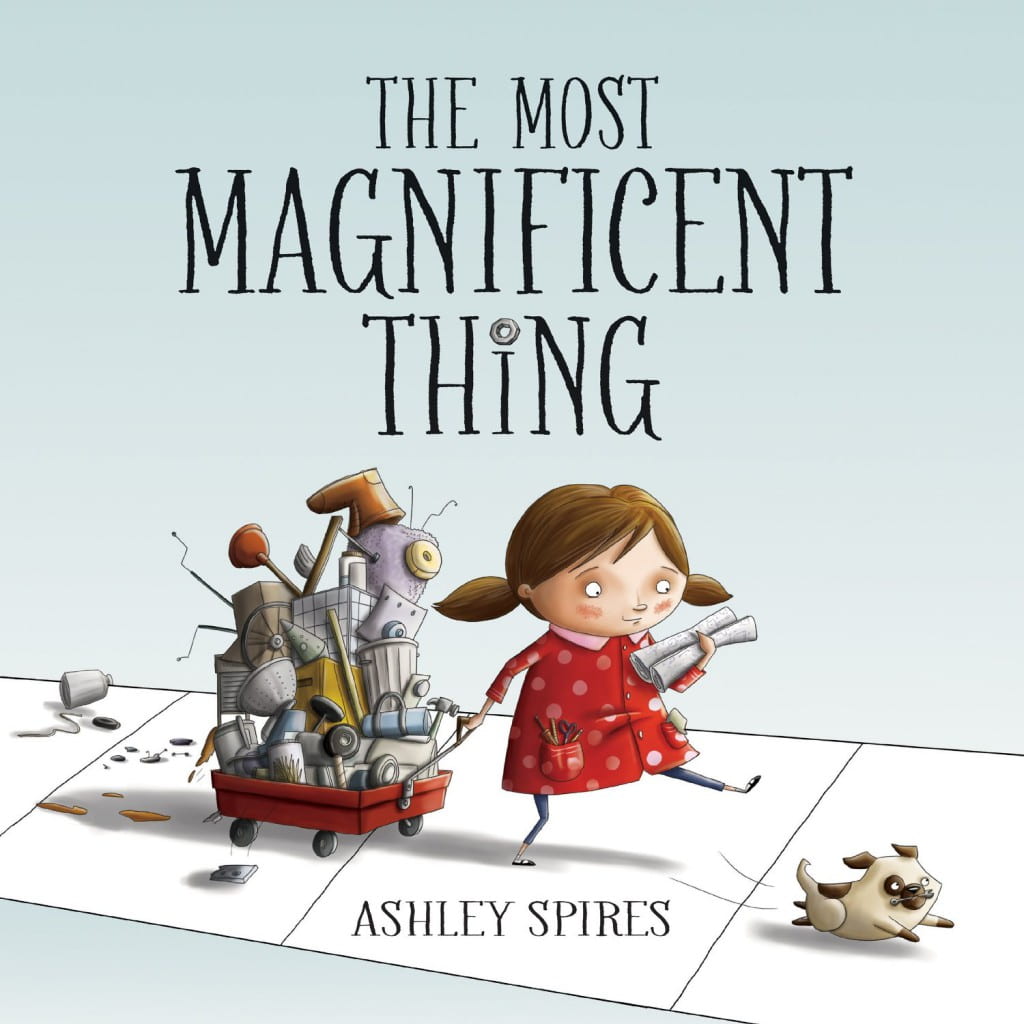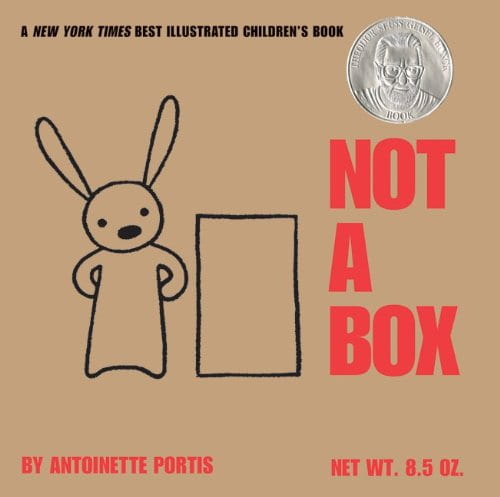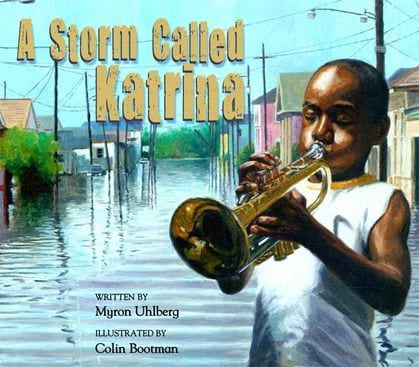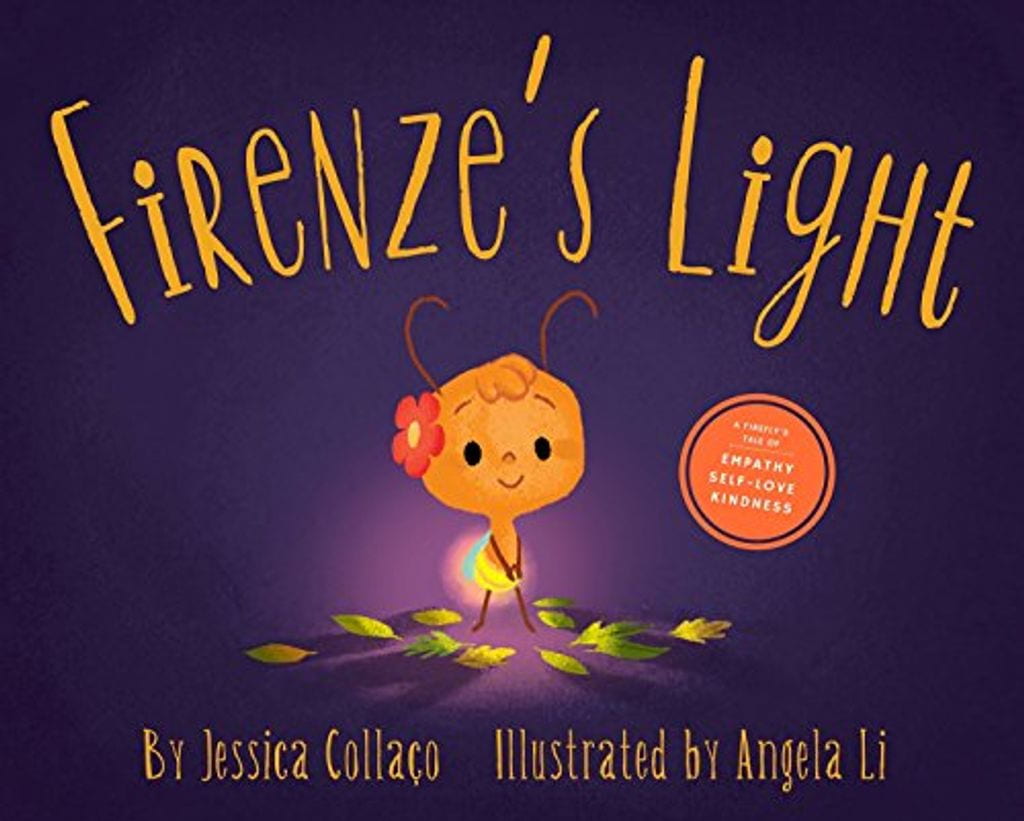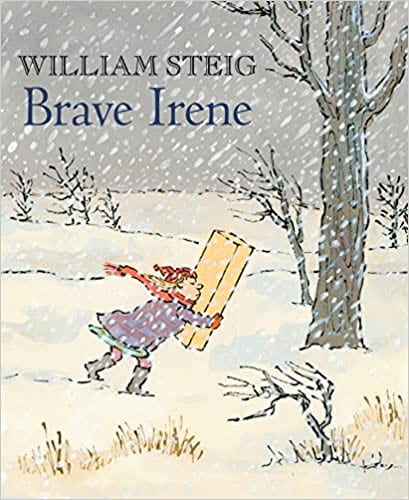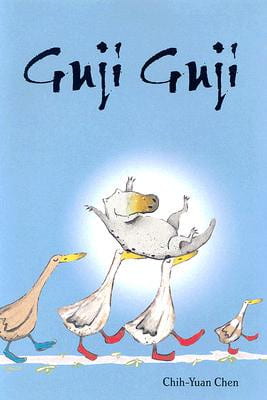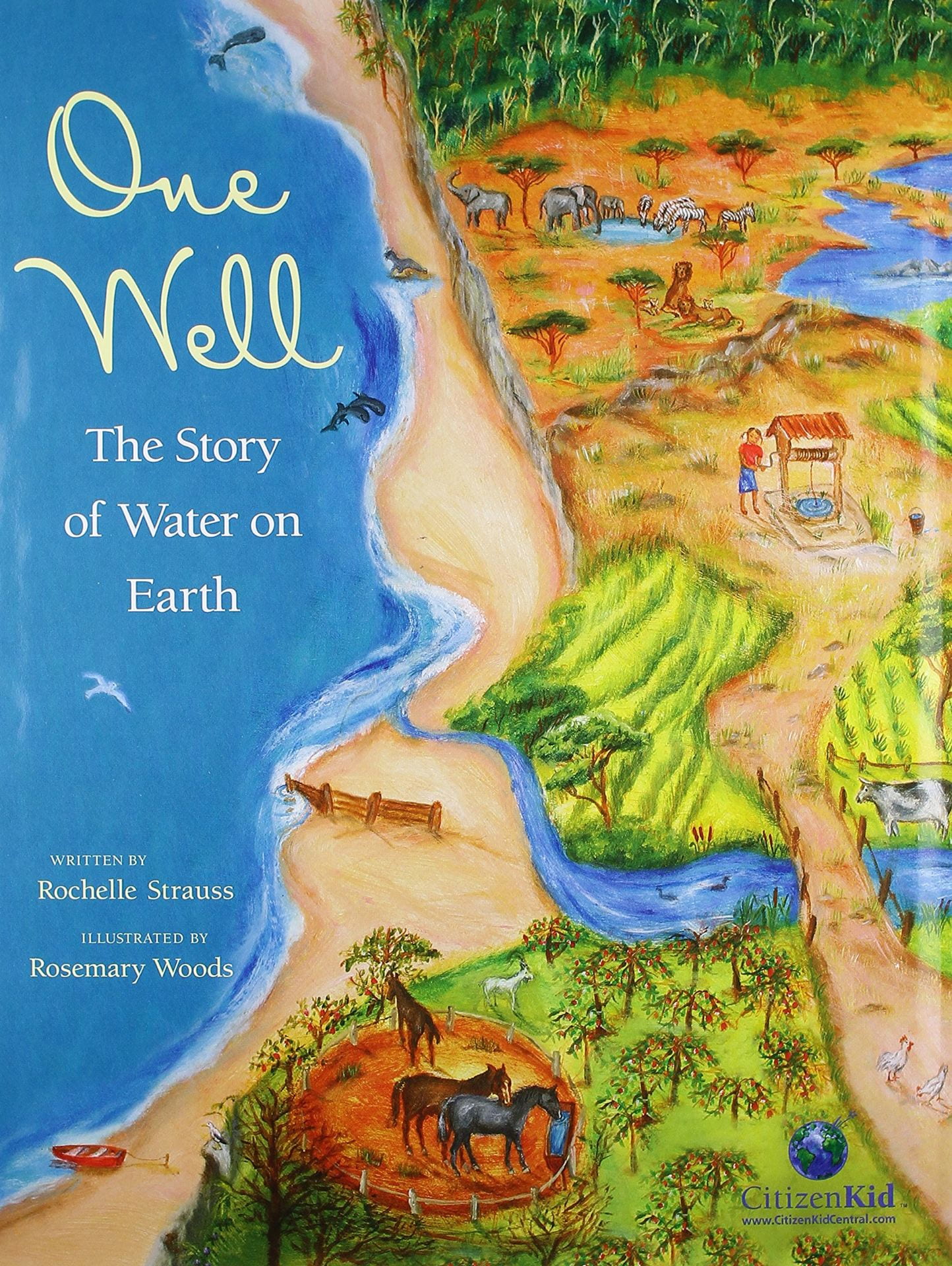Don’t Let Them Disappear
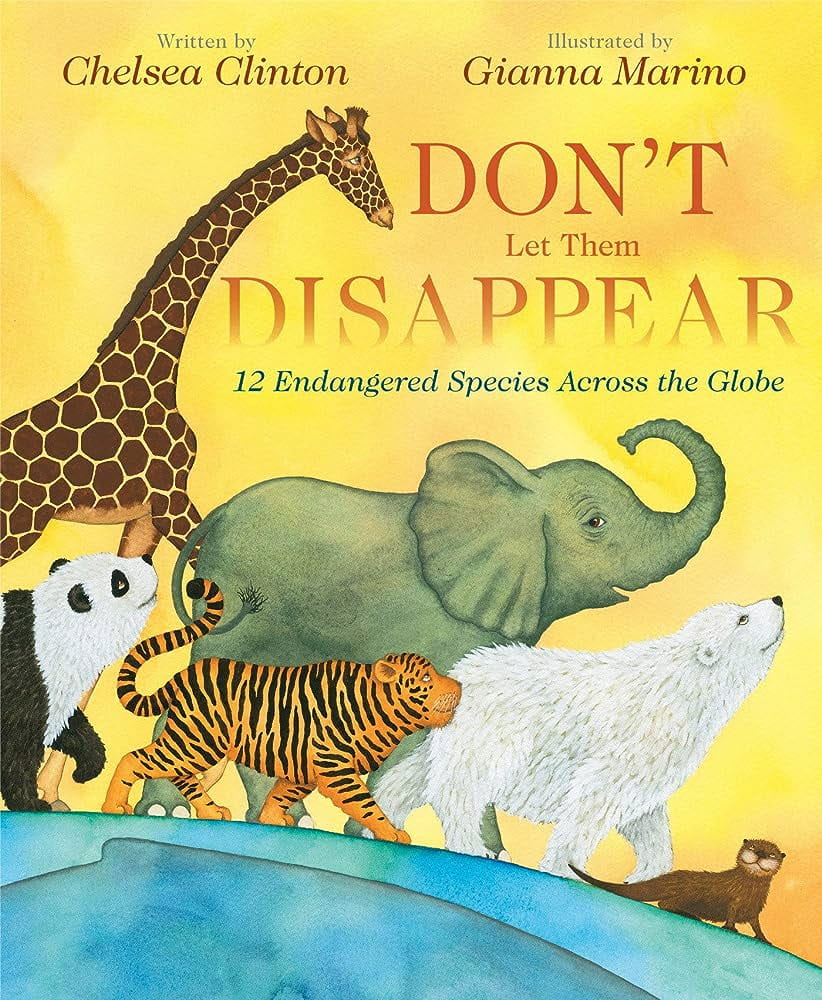
Lesson Summary
In the story ‘Don’t Let Them Disappear,’ readers are introduced to a variety of animals from around the world through captivating and heartwarming illustrations, accompanied by detailed species biographies. In this project, students will enhance the book by creating a book extension to ‘Don’t Let Them Disappear.’ This extension will highlight the conservation of a specific animal and its ecosystem through a call to action (PSA).
STE or Math Standards
-
7.MS-LS2-5. Evaluate competing design solutions for protecting an ecosystem. Discuss the benefits and limitations of each design.
- Examples of design solutions could include water, land, and species protection and the prevention of soil erosion.
- Examples of design solution constraints could include scientific, economic, and social considerations.
ELA Standards
- Write arguments (e.g., essays, letters to the editor, advocacy speeches) to support claims with clear reasons and relevant evidence.
- Introduce claim(s), acknowledge and distinguish the claim(s) from alternate or opposing claims, and organize the reasons and evidence logically in paragraphs and sections.
- Support claim(s) with logical reasoning and relevant evidence, using accurate, credible sources and demonstrating an understanding of the topic or text.
- Use words, phrases, and clauses to create cohesion and clarify the relationships among claim(s), counterclaims, reasons, and evidence.
- Establish and maintain a style appropriate to the audience and purpose (e.g., formal for academic writing).
- Provide a concluding statement or section that follows from and supports the argument presented.


